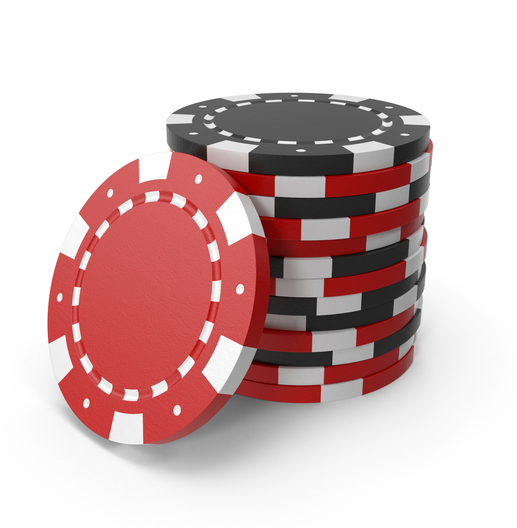The intriguing world of casino gaming is not just about luck and strategy; it’s also a realm where the allure of wealth can sometimes lead to the darker paths of deception, particularly through the use of fake casino chips. This phenomenon is not merely a matter of using counterfeit poker chips or fake poker chips but delves deeper into the integrity and security of the gaming industry itself.

At the heart of every casino lies its currency: the casino chips. These are not just tokens of play; they embody value, trust, and the very essence of the gaming experience. Real casino chips are meticulously crafted to ensure security, with features designed to deter counterfeiters. So, what are casino chips made of? The answer reveals the complexity and sophistication behind these seemingly simple tokens. Traditionally, high-quality clay or a mixture of clay and other materials are used, giving them a distinct feel and weight that many aficionados can instantly recognize. The manufacturing process, often shrouded in secrecy, includes the incorporation of unique colors, designs, and sometimes embedded microchips or UV markings, making them difficult to replicate accurately.
The emergence of counterfeit casino chips and counterfeit poker chips in the gambling scene poses a significant threat not only to casinos’ financial health but also to the integrity of the games themselves. These fake poker chips, designed to mimic the appearance and feel of real casino chips, can sometimes fool even the most experienced players and staff. The question then arises: how to make casino chips that are impervious to such deception? The industry’s response has been to continually innovate, employing advanced technology and materials science to stay several steps ahead of counterfeiters.

But why would someone go through the trouble of creating fake poker chips? The motives are as varied as the methods employed. Some see it as a way to extend their play without the financial outlay, while others may use them in more nefarious schemes to siphon off substantial sums from casinos. Regardless of the intent, the use of counterfeit poker chips is a criminal act, with consequences that can include bans from casinos, hefty fines, and even imprisonment.
Detecting these counterfeit tokens is a constant challenge. Casinos employ a variety of measures, from the simple—such as trained staff and visual inspections—to the complex, like RFID technology, which allows chips to be tracked and authenticated throughout the casino floor. Despite these efforts, the arms race between casinos and counterfeiters persists, with each innovation in security met with new attempts to circumvent it.
One might wonder, amidst this backdrop of high stakes and high tech, can you take casino chips home? The answer is yes, but with a caveat. While taking chips out of a casino is generally permitted, and many collect them as souvenirs, the intention behind this act is crucial. Removing chips with the intent to defraud, such as bringing counterfeit chips into a casino, crosses the line into criminal territory.
In the end, the battle against fake casino chips is emblematic of a broader struggle within the gaming and gambling industries—one where the thrill of chance meets the imperative of security. As casinos continue to innovate in their quest to safeguard the integrity of gaming, they remind us that in this world of chance, the highest stake is trust itself. Whether it’s understanding how to make casino chips that defy replication, or simply appreciating the art and science behind real casino chips, the saga of fake versus real is a compelling chapter in the story of gambling.


